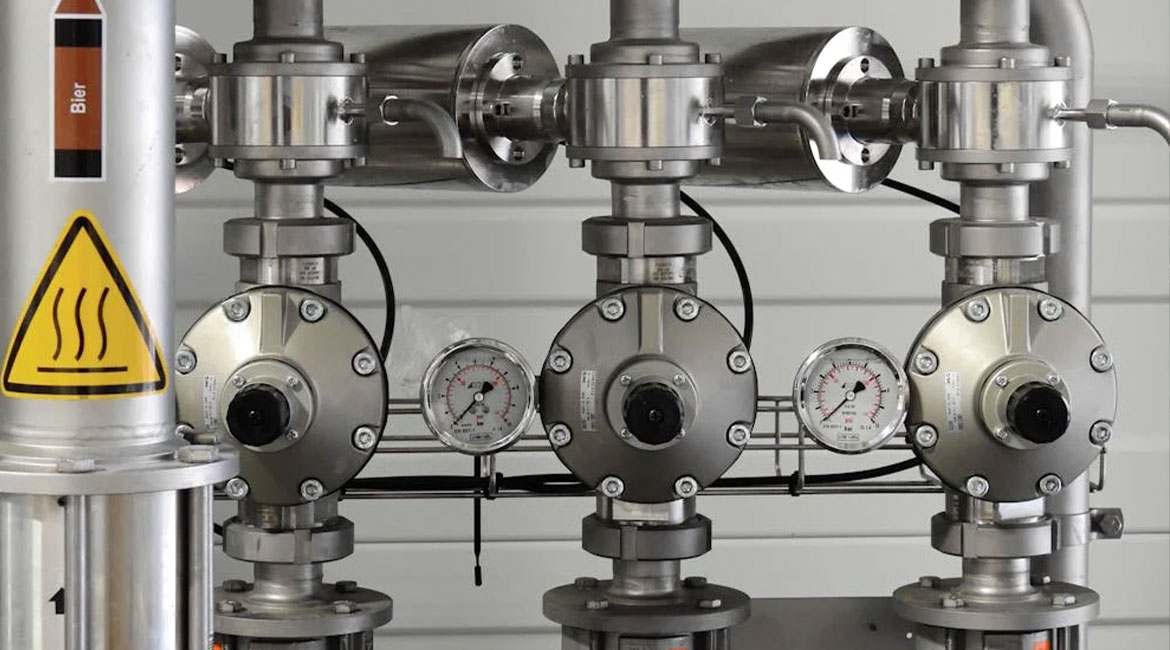As the world grapples with the urgent need to reduce carbon emissions, the power industry is at the forefront of this transformation. One of the most promising technologies aiding this transition is Thermal Energy Storage (TES). By storing thermal energy for later use, TES provides a reliable and flexible solution to balance supply and demand, integrate renewable energy sources, and significantly reduce greenhouse gas emissions.
Here I take a brief look at how TES is becoming an increasingly credible option for decarbonization, with a particular focus on Europe and its applications around the globe.
The role of thermal energy storage in decarbonization
Energy production and storage present big opportunities for decarbonization. The power sector is one of the largest sources of CO₂ emissions globally. These emissions contribute to the greenhouse effect, leading to rising global temperatures, melting ice caps, and more frequent extreme weather events. But TES promises a way to tackle some of these issues by providing sustainable energy storage.
TES involves storing thermal energy for later use, which can help balance supply and demand, integrate renewable energy sources, and reduce greenhouse gas emissions. Here are some ways that TES assists decarbonization:
- Energy flexibility and security: TES systems store excess energy generated from renewable sources like wind and solar, which are inherently intermittent. This stored energy can be used during periods of high demand or low renewable generation, ensuring a stable and reliable energy supply. This capability is crucial for maintaining grid stability and preventing blackouts, especially as the share of renewable energy in the grid increases.
- Decarbonizing industrial processes: The industrial sector is a significant consumer of thermal energy, often relying on fossil fuels. TES can replace these fossil fuels with stored renewable energy, significantly reducing carbon emissions.
- Cost savings: TES can lead to cost savings by storing cheap electricity generated during off-peak hours and using it during peak demand periods. This not only reduces the need for expensive peak power plants but also lowers overall energy costs.
Thermal energy storage in Europe
Europe has been a leader in adopting TES technologies as part of its broader decarbonization strategy. The European Union (EU) has set ambitious targets to become the first climate-neutral continent by 2050, and TES is playing a crucial role in achieving these goals.
- Renewable energy integration: Countries like Germany, Denmark, and Spain are at the forefront of integrating TES with renewable energy sources. For example, Denmark’s district heating systems use TES to store excess heat from renewable sources, which is then distributed to homes and businesses during colder months. This approach not only reduces reliance on fossil fuels but also enhances energy efficiency.
- Policy and regulatory support: The EU’s Renewable Energy Directive and other regulatory frameworks provide strong support for the adoption of TES. These policies incentivize the integration of renewable energy and the development of energy storage solutions, ensuring that TES technologies receive the necessary investment and regulatory backing.
Industrial applications: European industries are increasingly adopting TES to decarbonize their operations. For instance, the steel and cement industries, which are traditionally carbon-intensive, are exploring TES to store and utilize renewable energy, thereby reducing their carbon footprint.

Global applications of thermal energy storage
Beyond Europe, TES is gaining traction in other parts of the world as a viable solution for decarbonization.
- United States: In the U.S., TES is being used to enhance the efficiency of solar power plants. Concentrated Solar Power (CSP) plants, which use mirrors to focus sunlight and generate heat, often incorporate TES systems to store excess thermal energy. This stored energy can then be used to generate electricity even when the sun is not shining, providing a continuous power supply and reducing reliance on fossil fuels.
- Australia: Australia is leveraging TES to support its transition to renewable energy. The country has significant solar and wind resources, and TES systems are being deployed to store excess energy generated during peak production periods. This stored energy helps stabilize the grid and ensures a reliable power supply, even during periods of low renewable generation.
- China: As the world’s largest emitter of greenhouse gases, China is also exploring TES to support its decarbonization efforts. The country is investing in large-scale TES projects to store thermal energy from renewable sources and reduce its dependence on coal-fired power plants. These initiatives are part of China’s broader strategy to achieve carbon neutrality by 2060.
Challenges and future developments
Despite its potential, the widespread adoption of TES faces several challenges:
- High initial costs: The installation of TES systems requires significant upfront investment. However, these costs can be offset by long-term savings and environmental benefits.
- Technological integration: Integrating TES with existing energy systems and infrastructure can be complex. Ensuring compatibility and efficiency requires careful planning and coordination.
- Policy and regulatory support: Effective policy frameworks and regulatory support are essential to encourage the adoption of TES. This includes incentives for renewable energy integration and support for research and development in TES technologies.
Looking ahead, I believe the role of TES in decarbonization will continue to expand. Continued innovation in TES technologies will improve efficiency and reduce costs, making it a more attractive option for a wider range of applications. Increased collaboration between governments, private companies, and international organizations will also be crucial in driving the adoption of TES and achieving global decarbonization goals.
Thermal energy storage is becoming an increasingly credible option for decarbonizing the power industry. By providing a reliable and flexible way to store and use renewable energy, TES can help reduce carbon emissions, enhance energy security, and support the transition to a sustainable future. As the world continues to grapple with the challenges of climate change, the importance of TES in achieving a low-carbon economy cannot be overstated.



